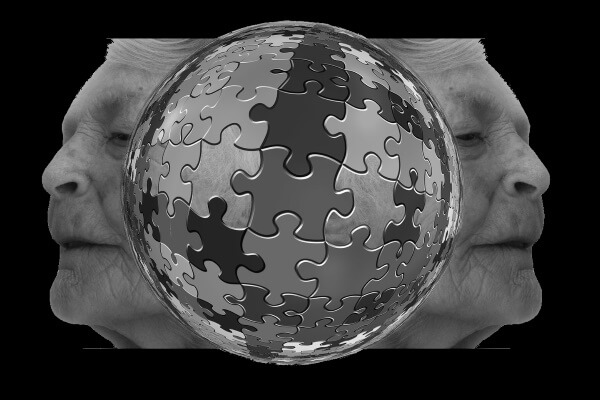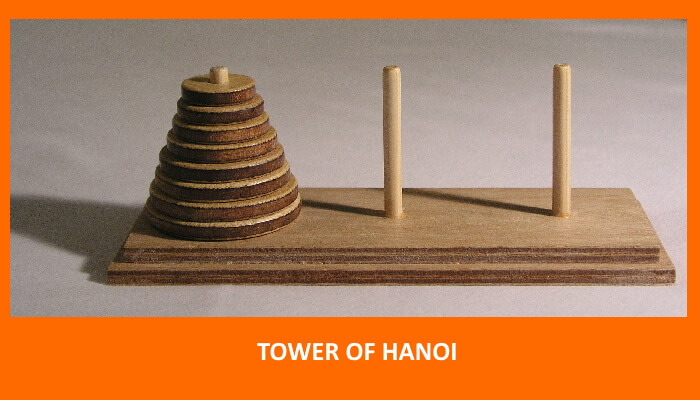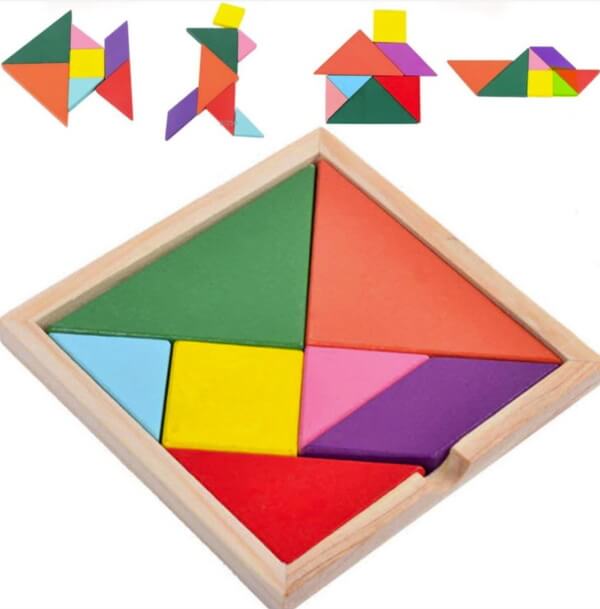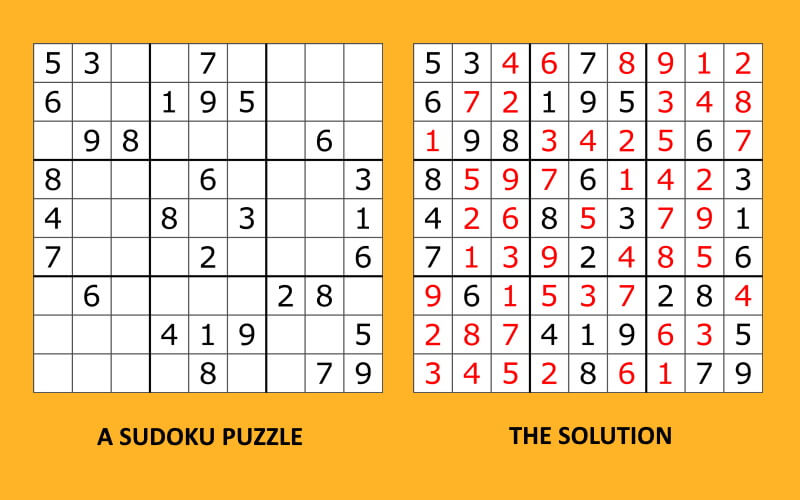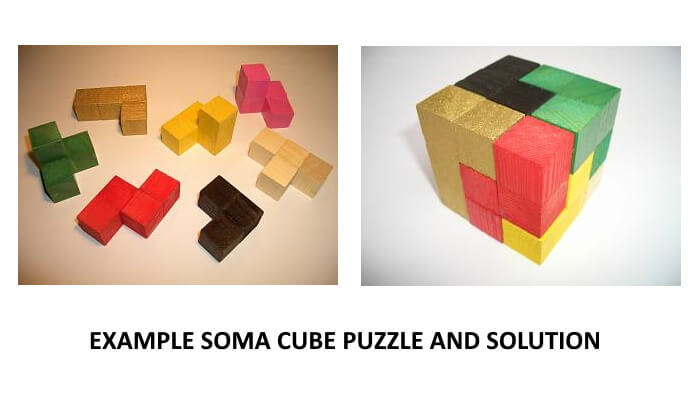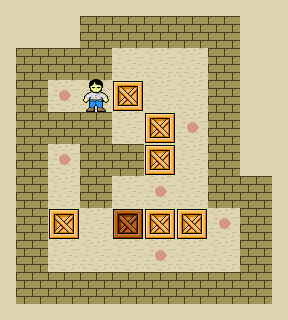
When you go shopping for a jigsaw puzzle you look at the pictures on the boxes, obviously. We all have our preferences, some like famous buildings, animals, landscapes while the young ones are more attracted to funny cartoon characters. Next you look at the difficulty level to decide if you’re up to it or if the recipient of your gift would be. The question is how do you judge the quality of a puzzle? What makes a puzzle good and what makes it bad? Let’s have a look at the qualities of a good puzzle.
Wood or cardboard
Definitely, most of the jigsaw puzzles you’ll find at a store are made of cardboard, but people who are really into this prefer those made of wood. After all, centuries ago when jigsaw puzzles were invented they were made out of wood and they were not for fun, they were used to teach children geography.
Those who prefer puzzles made of wood, well plywood, say this is more resistant and it can be cut into more varied shapes than cardboard.
A different type of material with magnetic coating is used for spherical puzzles, describing the Earth or other planets. The thin magnetic layer helps the pieces to the metallic globe.
Quality of the image
When you look at the image of a jigsaw puzzle there are two aspects that need to be considered. One of them is pretty subjective – whether you like it or not. If you study the items on display at the store you will see many landscape images and you’d say those are most popular. Oddly enough, they are not. People prefer jigsaw puzzles with some characters and action on them. Those fly off the shelves and you get stuck with castles, sleepy rivers and forests in various shades of green.
Speaking of shades, those are very important when it comes to the level of difficulty of a puzzles.
A jigsaw puzzle for younger children need to have vivid color and the various parts of the image need to be in different colors so the kid can figure out easier which piece goes where. There’s no confusion when Winnie the Pooh is yellow with red shirt, while Eeyore is purple.
On the other hand puzzles meant for grownups use various shades of a color so you need a good eye to tell them apart. The grass will be a lighter green than the leaves of the trees who go the whole range from light to dark green. That’s what adults who love puzzles expect, a challenge, something to keep them guessing. If the puzzle is too easy where’s the fun?
Is the number of pieces indicative of the difficulty level?
The first thing you’ll check out on the box is the number of pieces in the jigsaw puzzle. One meant for toddlers might have as few as 4 pieces and this is how it’s supposed to be as you don’t want the kid’s introduction to the marvelous world of jigsaw puzzles to be a frustrating experience. As children grow, the number of pieces increases.
However, if you’re looking at puzzles meant for grow-ups, a 3,000 pieces one is not necessarily more difficult than a 1,000 pieces one. Sure, the former has more pieces to sift through, but it all depends on the image and how well the pieces fit together. An image with various colors is easier to deal with for a keen-eyed adult than one in very similar shades. It’s way easier to put together a field with colorful flowers than the walls of a huge castle in various shades of white.
It is impossible to say which one is better as it is a matter of personal taste.
Shape and quality of the pieces
There’s no doubt about it. A good jigsaw puzzle needs to be made out of thick cardboard so the pieces are not easily damaged. If the little knobs get bent or fall off, the puzzle will be ruined. This is very important when you buy jigsaw puzzles for your children. Those puzzles will be in your house for many years to come and the kids will take them out from time to time to play with them. A thin cardboard cannot withstand heavy usage and the children will be disappointed.
If you’re the type of adult that only cares about solving the puzzle once this might not be important, although people with this hobby will prefer good quality pieces because this is a passion for them and floppy pieces of thin cardboard are blasphemy to them.
Another important aspect is how well do the pieces fit together. Jigsaw puzzles are cut using a special machine called die. A top quality machine will cut the pieces to precision, without rough edges and without tearing the layers of the cardboard, or, God forbid, parts of the image on top. Using a good machine ensures that the pieces fit together perfectly, without gaps or having to force them together. Anyone who’s ever done a jigsaw puzzle knows just how frustrating it can be when you discover two pieces that might fit together in a certain spot and you don’t know which the good one is as both are a bit wobbly. Likewise, when you buy a good quality puzzle you know that forcing the pieces together is bad. You might be able to do it if you try hard enough but you’re obviously making a mistake which you’re going to regret lately.
In a good quality jigsaw puzzle the pieces need to slide gently in place and stay there.
- D vs. 2-D
Those who care for tradition certainly prefer 2-D puzzles for that’s how they are supposed to be, right? For people with this hobby much of the pleasure lies in putting all the pieces on the coffee table, sorting them by colors, finding the edge pieces – there’s a whole art to it amateurs wouldn’t understand.
However, over the past decades 3-D jigsaw puzzles have grown in popularity. Who wouldn’t like to recreate the Tower of London or the Sydney Opera House and then have the puzzles decorate the shelves of their living room. Although they are sold as jigsaw puzzles, the 3-D models do not require the same skills as solving a traditional puzzle, it’s not a matter of finding the right piece but rather of following the instructions. You also need to be good with your hands and make sure you don’t bend the thin cardboard when piecing together the puzzle.
Top range 3-D puzzles are also made out of wood and you can build a pirate ship or an airplane, which brings them closer to Lego sets rather than traditional puzzle.
Crystal 3-D puzzles are mainly aimed at adults and come in a variety of models, cats, dogs or pretty birds. These are also meant to be kept as decorations once solved. Don’t be fooled by their name though, the crystalline pieces are usually nothing but translucent plastic.
Which is best of all these models once again depends on what you prefer, testing your eyes and your brain with a traditional 2-D model or your dexterity with a 3-D model you have to assemble rather than solve.
Educational or recreational puzzles
Most adults care about the beauty of the image and the challenge a jigsaw puzzle presents as for them it is a recreational activity. A puzzle needs to be fun and relaxing for them.
On the other hand, there’s a whole range of educational puzzles and parents go crazy for them. The kid thinks he’s getting a new toy, while the parent secretly rejoices the little one will learn geography with the huge map of the world puzzle. Other types of educational puzzles are meant to teach children numbers, basic arithmetic or foreign languages. With such products, buyers are more likely to choose based on the educational value. If you had to choose between a puzzle with the map of the United States where the pieces only bear the name of each state while the other also has the name of the capital city and the state emblem which would you pick?
Like with regular puzzles, when you buy such an item you need to evaluate the quality of the pictures or the clarity of the contours if the kid is to learn where each US state sits on the map. The quality of the pieces is essential for this type of jigsaw puzzles as the child will be using it frequently and it’s the sort of toy that gets passed along to younger siblings. Sometimes it is impossible to assess the quality of the pieces, but if it’s a flimsy cardboard that breaks easily it’s probable you won’t be buying another product from the same manufacturer.
For educational puzzles, those made out of wood are preferable for they’re sure to last longer.
A good jigsaw puzzle needs to bring pleasure and this comes from the beauty of the image as well as from the quality of the pieces it is made of. If you’re simply looking for a fun activity on a rainy weekend a cardboard one will be fine, but connoisseurs will always prefer a nice puzzle made with layered wood pieces. In the end, the quality of a puzzle depends on what you make of it. Any type of jigsaw puzzle is good as long as it makes you happy!

